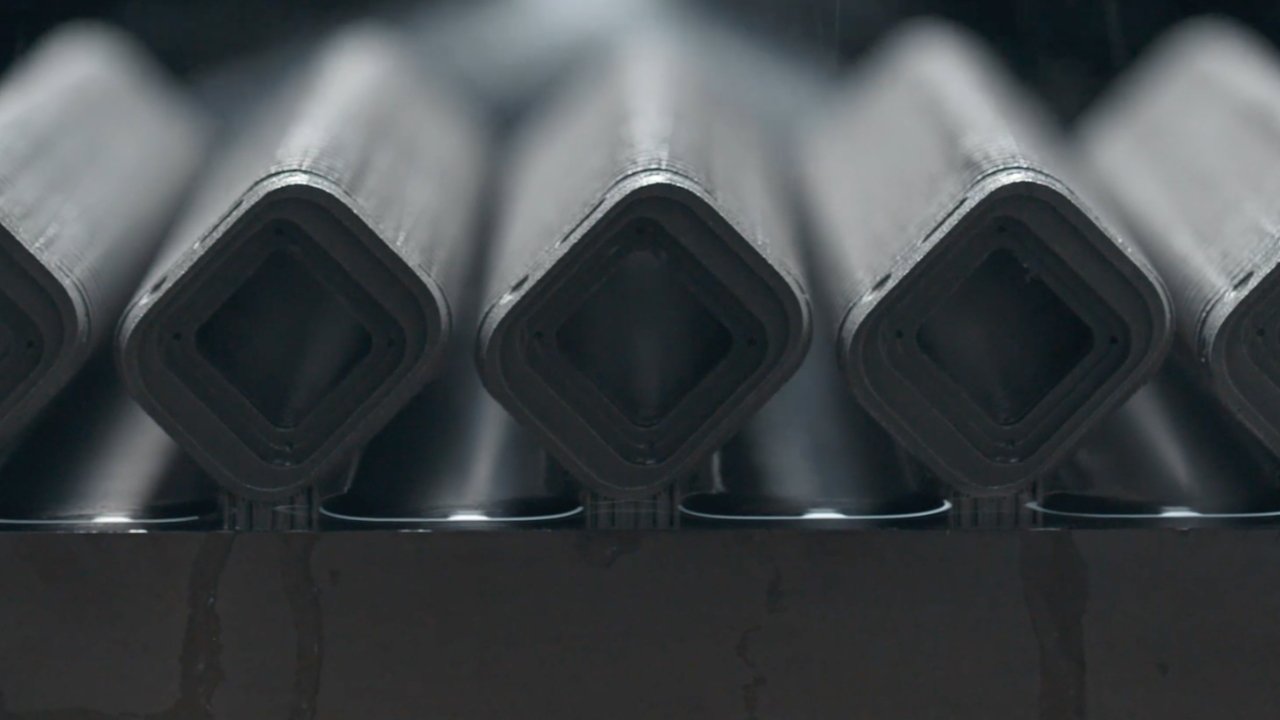Article Title:
Apple’s Pioneering Use of Titanium 3D Printing in Apple Watch and iPhone Air Manufacturing
Apple has long been at the forefront of technological innovation, and its recent adoption of titanium 3D printing in the manufacturing of Apple Watch cases and the iPhone Air exemplifies this commitment. This strategic move not only enhances product design and functionality but also significantly contributes to environmental sustainability.
Revolutionizing Manufacturing with 3D Printing
Traditionally, 3D printing has been associated with small-scale production and prototyping. However, Apple has elevated this technology to an industrial scale, integrating it into the mass production of its devices. This transition from experimental use to large-scale application marks a significant milestone in manufacturing.
Sarah Chandler, Apple’s Vice President of Environment and Supply Chain Innovation, emphasized the potential of 3D printing for material efficiency, stating, We knew 3D-printing was a technology with so much potential for material efficiency, which is critical for getting to Apple 2030. This initiative aligns with Apple’s ambitious goal of achieving carbon neutrality by 2030.
Transforming Apple Watch Production
A notable application of this technology is in the production of the titanium Apple Watch Series 11 and Apple Watch Ultra 3. By employing 3D printing, Apple has managed to reduce titanium usage by 50% compared to previous manufacturing methods. Chandler highlighted the impact, noting, You’re getting two watches out of the same amount of material used for one. When you start mapping that back, the savings to the planet are tremendous.
The Shift from Subtractive to Additive Manufacturing
Traditional manufacturing often involves subtractive processes, where material is removed to achieve the desired shape, leading to significant waste. In contrast, 3D printing is an additive process, building objects layer by layer and using only the necessary material. This method not only conserves resources but also allows for more intricate designs.
Apple’s adoption of 3D printing for the Apple Watch chassis is projected to save approximately 400 metric tons of raw titanium in 2025 alone. Dr. J Manjunathaiah, Apple’s Senior Director of Manufacturing Design for Apple Watch and Vision, remarked, Using less material to make our products has always been the intention. Previously, we hadn’t been able to make cosmetic parts at scale with 3D printing.
Overcoming Technical Challenges
Implementing 3D printing on such a scale presented several technical challenges. For instance, creating the Apple Watch casing requires around 900 layers of titanium powder, each precisely 60 microns thick. Maintaining low oxygen content in the powder is crucial to ensure quality, as oxygen can affect the material’s behavior during the printing process.
Each manufacturing machine is equipped with a galvanometer and six lasers working simultaneously. Before printing, raw titanium is atomized into a fine powder, a process that demands meticulous control. Kate Bergeron, Apple’s Vice President of Product Design, explained, Dialing in that thickness so that each layer is exactly 60 microns means very finely squeegeeing this powder. We have to go as fast as we possibly can to make this scalable, while going as slow as we possibly can to be precise.
Expanding 3D Printing Applications
Beyond the Apple Watch, 3D printing has enabled Apple to introduce new designs and functionalities in other products. For example, the iPhone Air features a thinner USB-C port, made possible by 3D printing technology. This innovation allows for a slim yet durable enclosure, enhancing the device’s design without compromising strength.
Bergeron highlighted the broader implications, stating, This has now opened up the opportunity for even more design flexibility than what we had before. Now that we’ve achieved this breakthrough at scale, in a truly sustainable way, and at the cosmetic and structural level that we need, the possibilities are endless.
Aligning with Environmental Goals
Apple’s integration of 3D printing is a strategic step toward its environmental objectives. By reducing material waste and improving manufacturing efficiency, the company is making significant strides toward its goal of becoming carbon neutral by 2030. This initiative reflects Apple’s broader commitment to sustainability and innovation.
Conclusion
Apple’s adoption of titanium 3D printing in the production of the Apple Watch and iPhone Air represents a significant advancement in manufacturing technology. This approach not only enhances product design and functionality but also aligns with the company’s environmental goals. As Apple continues to innovate, the integration of such technologies is likely to set new standards in the industry, paving the way for more sustainable and efficient manufacturing practices.



